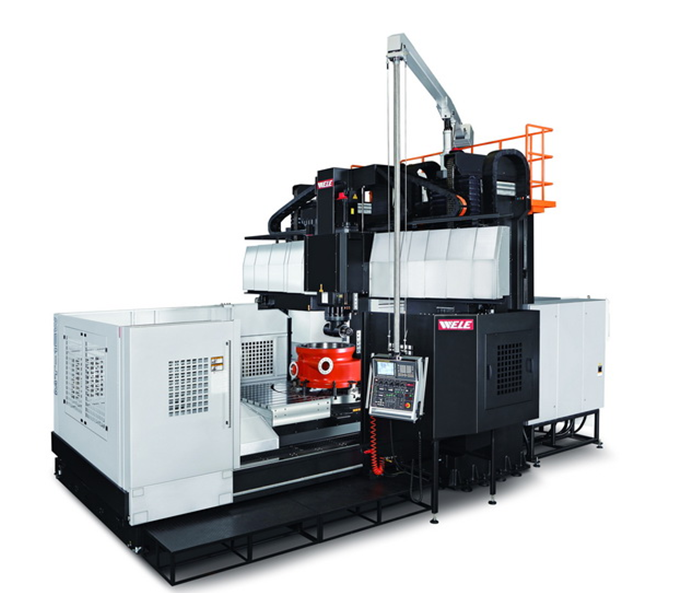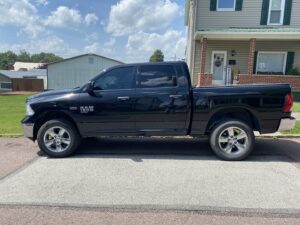3D printing and vacuum casting are often used for prototype and low volume plastic part production. This guide examines the key differences between these technologies.
Overview of 3D Printing
3D printing builds up parts layer-by-layer from plastic, metal, or other materials. Key attributes:
- Additive process – deposits material as needed
- Rapid prototyping – quickly create concepts
- Design freedom – complex shapes easily produced
- Low volume production – suits small batches
- Limited size capacity – generally under 1 cubic foot
Common plastic 3D printing methods:
- Fused Deposition Modeling (FDM) – melts plastic filament
- Stereolithography (SLA) – cures liquid resin with lasers
- Selective Laser Sintering (SLS) – fuses polymer powder
3D printing is ideal for custom one-off designs but has limitations.
Overview of Vacuum Casting
Vacuum casting produces plastic parts by pouring liquid material into a mold, then curing. Key characteristics:
- Uses silicone molds – quickly made from master model
- Cast polyurethane, epoxy, or other resins
- Excellent detail reproduction – captures fine features
- Limited runs up to 100 units
- Low tooling costs – only silicone mold required
Vacuum applied removes air bubbles for precision casting. The process suits prototypes, small batches, or bridge tooling.
Print Speed Comparison
For a 4 x 4 x 2 inch part, expect the following production times:
- FDM 3D printing – 2-4 hours per part
- SLA 3D printing – 4-8 hours for multiple parts
- Vacuum casting – 10-30 minutes per part
Vacuum casting is much faster for multiple parts. 3D printing builds one part at a time.
Material Capabilities
3D printing and vacuum casting offer different plastic material options:
3D Printing Materials
- ABS, PLA – FDM printing
- Resins – SLA, DLP
- Nylons, TPU – SLS
- Limited strength – layered anisotropy
Vacuum Casting Materials
- Polyurethanes – variety of hardness, clarity
- Silicone rubbers
- Epoxy resins – high temperature, chemical resistance
- Higher strengths than 3D printing
Wider material selection with vacuum casting.
Accuracy and Surface Finish Comparison
3D Printing Accuracy
- ± 0.005 inch or ± 0.5% tolerances
- Layer lines visible – “stair-step” effect on surfaces
- Vertical resolution around 0.004 inch per layer
Vacuum Casting Accuracy
- ± 0.002 inch tolerances or better
- Reproduces mold master precisely
- Smooth surfaces – captures fine details
Vacuum casting offers superior accuracy and surface finish.
Cost Comparison
3D Printing Costs
- Machine costs – $$ to $$$$
- Material costs per part – $$ to $$$
- Total cost per part – $$$
Vacuum Casting Costs
- Minimal equipment costs – $
- Silicone molds – $$ per mold
- Resin cost per part – $
- Total cost per part – $$
Vacuum casting is more affordable for multiple prototypes or low volumes.
Design Considerations
3D printing and vacuum casting have different design rules:
3D Printing Design Tips
- Avoid overhangs requiring supports
- Orient to minimize layer lines
- Hollow interiors conserve material
- Maintain wall thicknesses
Vacuum Casting Design Tips
- Include draft angles for demolding
- Avoid severe undercuts
- Keep uniform wall thicknesses
- Radius corners generously
Consider process-specific design guidelines.
Applications
Common uses for each process:
3D Printing Applications
- Concept models – validate designs
- Custom products – personalized designs
- Small production runs – under 100 units
- Complex geometries – internal voids, lattices
Vacuum Casting Applications
- Visual prototypes – show to stakeholders
- Low volume production – up to 100 units
- Short-run tooling – low-cost mold masters
- Repeat orders – reuse molds
Each process suits different low volume needs.
Key Considerations When Choosing a Process
- Part quantity – single unit vs. multiple
- Material requirements – plastic, metal
- Accuracy and finish needs
- Geometric complexity
- Lead time – days vs. hours
- Overall budget
Weigh your specific requirements against process capabilities.
Conclusion
- 3D printing suits truly custom one-offs with complex geometry
- Vacuum casting ideal for short run production up to 100 units
- Vacuum casting offers faster speed, less costs, better accuracy
- Choose process based on quantity, material, finish, and budget needs
Understanding the differences between 3D printing and vacuum casting helps select the optimal process for prototype or low volume plastic part needs.
While 3D printing has revolutionized prototyping and small-scale production, it’s essential to understand its nuances and applications. Dive deeper into the world of 3D printing to ensure you’re using the right terminology and processes: Explore the intricacies of 3D printing: https://www.plasticmoulds.net/3d-printing-are-you-talking-about-the-right-thing.html.
2. Vacuum casting offers a cost-effective and efficient alternative to injection molding for certain production needs. Discover how vacuum casting can bring your designs to life: Learn more about vacuum casting techniques: https://www.plasticmoulds.net/china-3d-printing-and-vacuum-casting-company.













